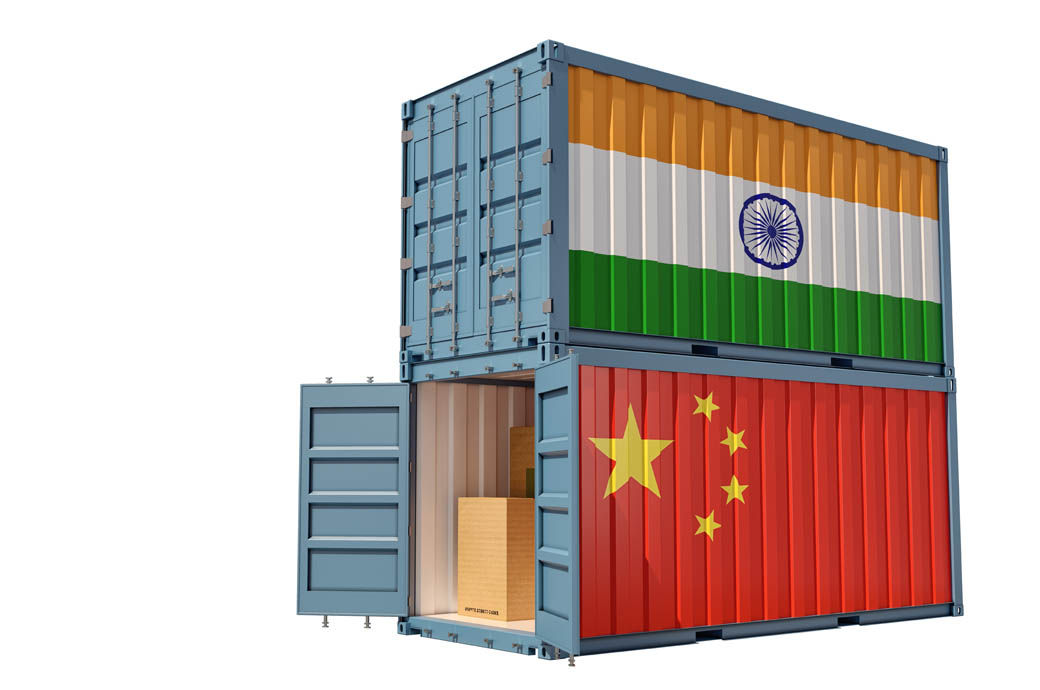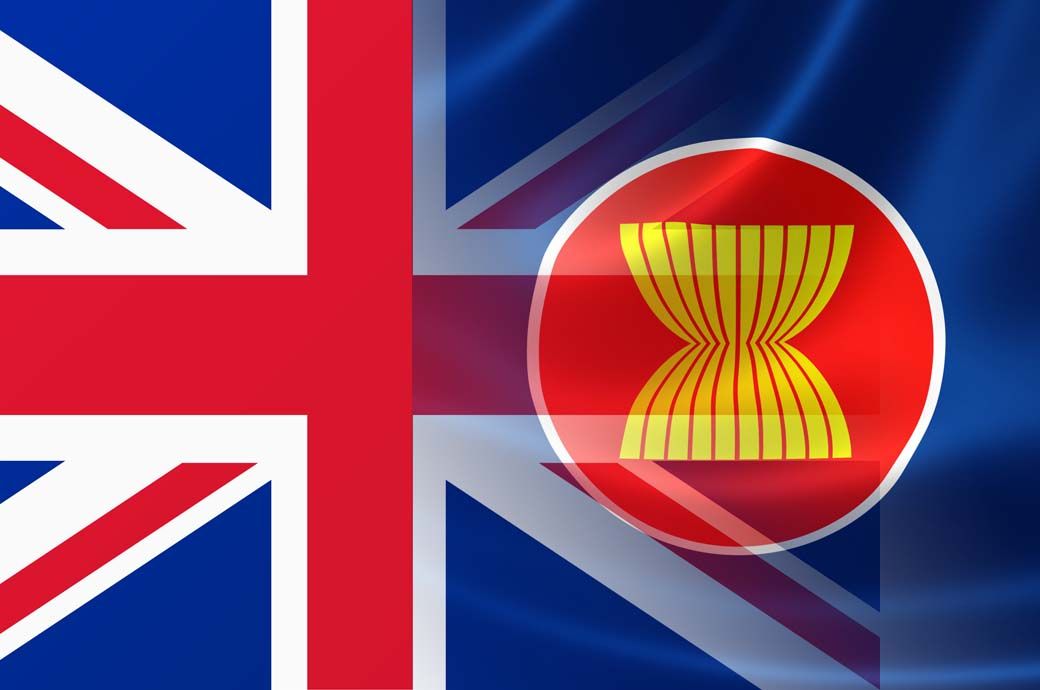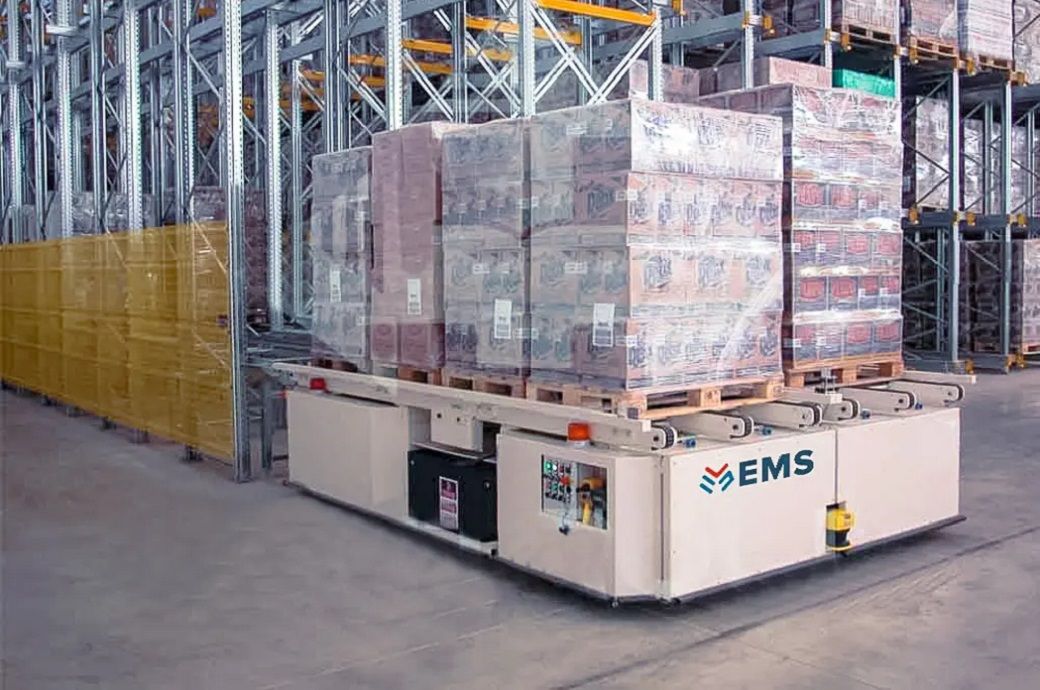The cotton yarn trade in north India opened this week with weak sentiment as the market struggled to find support from the demand side. Traders are hoping for export orders for the next winter season, which they believe will provide the necessary boost to the market. However, poor demand has further weakened the market sentiment, resulting in a drop of INR2-3 per kg in cotton yarn prices in Delhi. In contrast, prices remained stable in Ludhiana. The recycled yarn market in Panipat also noted a steady trend for both recycled yarn and raw materials.
Cotton yarn prices in the Delhi market have eased due to the lack of demand support at present price levels. A trader from the Delhi market told Fibre2Fashion, “Demand from the downstream industry was very slow. The downstream industry was adopting a wait-and-watch policy to ensure the future trend.”
In Delhi, 30 count combed yarn was traded at INR277-282 per kg (excluding GST), 40 count combed at INR302-307 per kg, 30 count carded at INR252-257 per kg, and 40 count carded at INR282-287 per kg, according to Fibre2Fashion’s market insight tool TexPro.
The Ludhiana market also had a bearish tone as there was no improvement in buying. Trade sources stated that buyers were cautious about making purchases, and the weaving and garment industry showed no signs of making better purchases in the near future. Traders felt that demand would only improve when export orders for the winter season begin, which may be at the end of May or in June. However, there was no interest in buying due to the anticipation of future demand.
According to TexPro, 30 count cotton combed yarn was sold at INR277-287 per kg (including GST); 20 and 25 count combed yarn were traded at INR267-277 per kg and INR270-280 per kg, respectively; and carded yarn of 30 count was noted at INR255-265 per kg in the Ludhiana market.
The recycled yarn market in Panipat witnessed limited trade activities, leading to a steady trend in cotton comber prices. Trade sources reported that export demand for home furnishings had not improved yet, and domestic consumer buying remained weak. The costlier raw materials have also created another problem of no margin for the textile value chain.
Recycled yarn and raw material prices remained stable in Panipat, with 10s recycled PC yarn (grey) traded at INR85-90 per kg (excluding GST), 10s recycled PC yarn (black) at INR60-65 per kg, 20s recycled PC yarn (grey) at INR95-100 per kg, and 30s recycled PC yarn (grey) at INR150-155 per kg. Comber prices were noted at INR140-145 per kg and recycled polyester fibre (PET bottle fibre) was noted at INR78-80 per kg.
Cotton prices in north India remained steady today due to limited buying and arrival. Trade sources reported that market sentiment was weak due to indications of poor buying from the textile value chain. The arrival was noted at 5,000 bales of 170 kg. Cotton was traded at INR6,200-6,300 per maund in Punjab, INR6,175-6,275 per maund in Haryana, and INR6,375-6,475 per maund in upper Rajasthan, and at INR60,000-61,500 per candy of 356 kg in lower Rajasthan.
The North Indian cotton yarn market started off with a weak mental state due to limited interest, though traders are looking forward to the possibilities that orders for the winter season could help pick up the trade. The prices of cotton yarn in Delhi decreased as there was no impetus to purchase it. Little interest was seen in Ludhiana and Panipat with few exchanging activities, thus causing prices to remain stable.


 World News2 years ago
World News2 years ago
 World News2 years ago
World News2 years ago
 World News2 years ago
World News2 years ago
 World News2 years ago
World News2 years ago
 World News2 years ago
World News2 years ago













